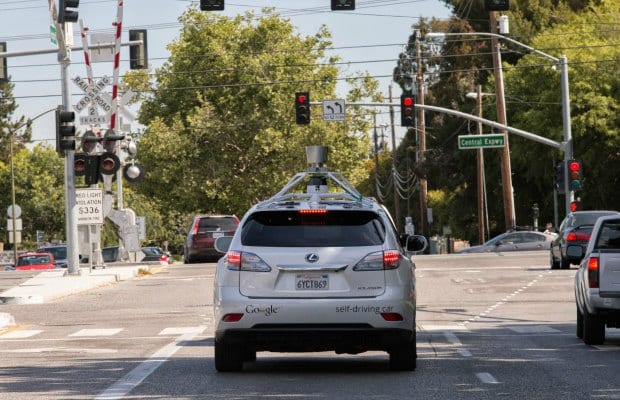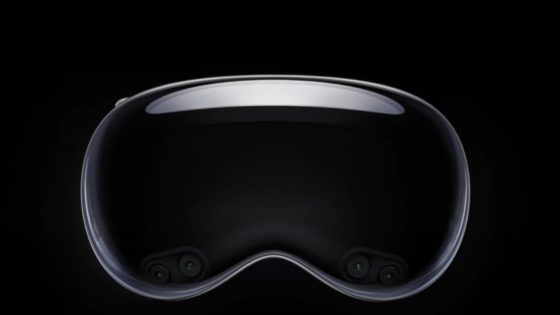In the past year, Google has been working to have its self-driving cars master city street driving. The company has spent several years testing the self-driving cars on highways, so the new focus on city street driving marks an important milestone for the new technology.
Google stated in a new blog post that their cars have so far logged over 700,000 miles without a human driver and without any accidents. The test drives take place primarily in near Google headquarters in Mountain View, California. The cars have comfortably mastered highway driving. In the new phase of this project, the company realizes that city driving can be more complicated than freeway driving due to intersections, cyclists, swerving cars, and pedestrians.
“A mile of city driving is much more complex than a mile of freeway driving, with hundreds of different objects moving according to different rules of the road in a small area,” Chris Urmson, the head of Google’s self-driving-car project, stated.
The Lexus RX450H SUVs made by Google have already learned how to handle multiple driving situations in the city. The car’s vision can “read” stop signs, instead of depending on a map to pinpoint where they are located. In addition, the new software allows the cars to detect different kinds of objects in real time and better handle construction zones.
“We’ve improved our software so it can detect hundreds of distinct objects simultaneously – pedestrians, buses, a stop sign held up by a crossing guard, or a cyclist making gestures that indicate a possible turn,” Urmson added.
The cars may be able to drive themselves, but a driver still must be in the car to take control if needed. There’s still some remaining kinks to figure out, such as how the car can decipher hand signals made by other drivers, turning right on red, and being able to drive in rain or fog. The cars know when to stop, but when to start going again is another issue.
“With every passing mile we’re growing more optimistic that we’re heading toward an achievable goal — a vehicle that operates fully without human intervention,” Urmson wrote.
Google hopes to release the new technology to the public in 2017, so it can soon become a standard in all automobiles. The company would most likely collaborate with carmakers to provide the service, instead of starting their own line of automobiles.
The company released a video, which illustrates how the car navigates through different driving situations:






















